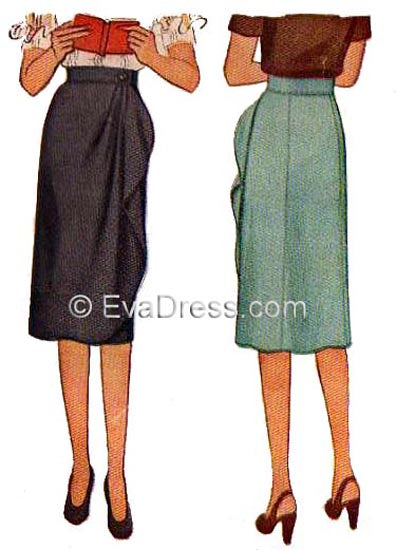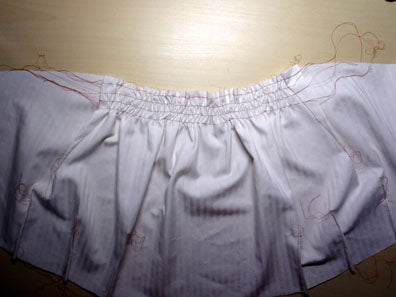
‘Thrifty Thirties’ is a sewing pattern challenge to create men’s or women’s garments from 1930’s EvaDress patterns. Accessories (hats, bags, etc.) are not counted as an individual project, but will strongly be considered as accompaniments in a submission. Participants may each enter more than one project for this challenge.
Projects may not be started earlier than 12:01 a.m. EST on November 15, 2015, although muslins for fitting may be created any time before then.
‘Thrift’ implies frugality, thinking of The Depression-struck 1930’s. ‘Thrift’ may take on different meanings for this challenge. One may want to pull strictly from stash to create a submission, while others may feel that splurging on that long-wanted garment may warrant finding the goods and the means to pull out all the stops (in lieu of buying a designer or ready-made piece for a particular event).
Either way, I find superior fit in a garment to be somewhat of a frugality especially in looking at examples of 1930’s fashion. Proper fit in clothing did not go the wayside in hard economic times. If anything, it was an economy of style in itself and proper fit prevailed no matter one’s economic circumstances. That said, judging of final submissions will rely heavily on very well fitted garments with a variety of details endemic to 1930’s designs.
No purchase necessary to enter, so 1930's EvaDress patterns from stash are fair game!
The closing date to submit projects for this challenge is 11:59p.m. EST on January 15, 2016.
The more complicated the project-an intricately embellished gown, or ensembles over individual garments, the higher the consideration for placing as a finalist.
One top finalist will receive a $150 non-expiring gift certificate to EvaDress.com. Depending on the number of entries, five finalists will be selected based on quality of construction (construction detail shots are a must), accuracy to the challenge guidelines and overall design with projects remaining devout to the original pattern style lines.
Projects submitted to other challenges outside of this one are certainly welcome, provided they fit into the Thrifty Thirties parameters stated here.
The top finalist will be notified here no later than 11:59p.m., January 17, 2016.
Please keep in mind by entering this challenge that you are allowing EvaDress to make use of all images submitted for other promotions, blog posts, as samples from the patterns, etc.
To enter, go HERE and post high quality images (longest edge of photo to be at least 11”) to include front, back, side views and construction/design details. Post the main photo to the page and subsequent project photos in the comments section under the main photo. Be sure to write why you chose the particular project you are submitting and let us know what your idea of frugality is behind your project. Also indicate which pattern was used.
E-mail me with questions or post them on my Facebook (Alexandra Reynolds, a.k.a. EvaDress) wall or posted by commenting on this blog post.
















































